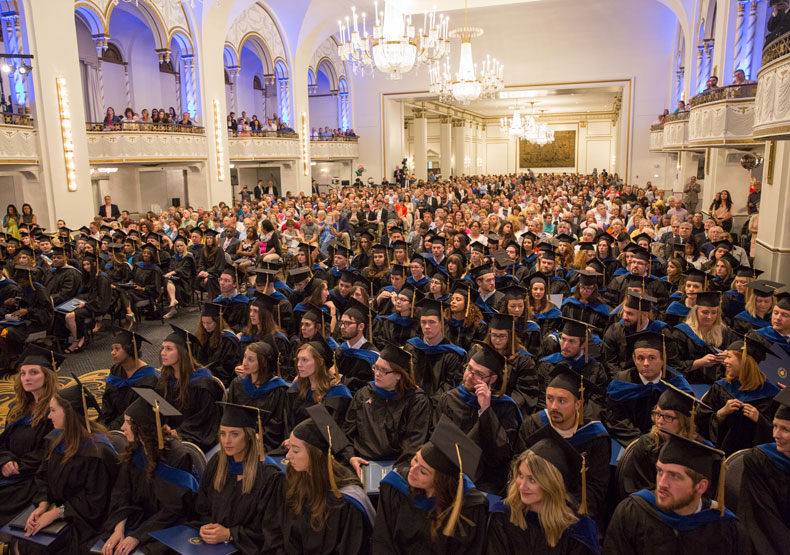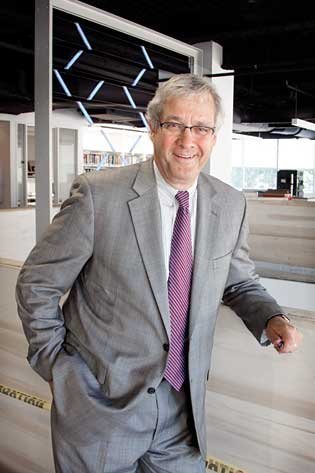A Message from the President
May 2, 2024
Dear William James Community,
This year marks the Fiftieth Anniversary of the founding of our institution. We will hold a special celebration in the Spring of 2025.
In 1974, the Massachusetts School of Professional Psychology (MSPP) began in a shared space at what was the Newton College of the Sacred Heart. A group of visionary Massachusetts psychologists navigated state, regional, and professional accreditations, developed curriculum, created policies, partnered with field placements, and engaged a cohort of courageous students to create an alternative to PhD training. The early focus was on the Clinical Psychology doctoral program that provided some of the best training for psychologists in psychotherapy and applied psychology.The close collaboration between faculty, staff, and students brought an intimacy to the learning community that remains a cornerstone of our educational model. Supervised hours in the field offered clinical experiences that enlivened academic readings and became dynamic points of contact among students and faculty.

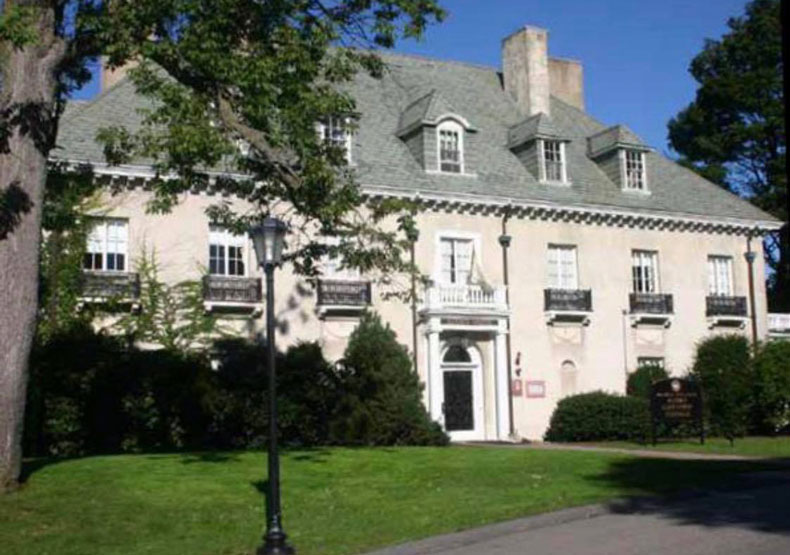
During the late 1990’s, financial pressures required Schools of Professional Psychology across the country to grow, merge, or close. Independent schools like MSPP were particularly fragile, yet the rising prevalence of behavioral health disorders, the shortage of professionals, and the unacceptable lack of racial and cultural diversity in the field underscored the critical importance of their mission. The “Vail Conference” of 1973 that began the professional school movement recommended educational programs at multiple levels of practice (BS, MA, CAGS, PsyD), offering curricula closely aligned with community needs, and attracting more students from historically marginalized populations. For the most part, and even today, these directives were underdeveloped, but they provided both an important social mandate and a prudent business strategy.
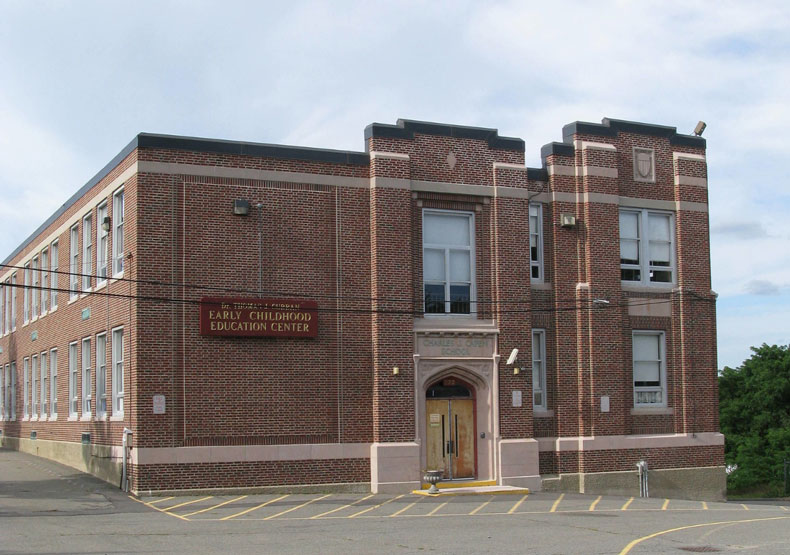
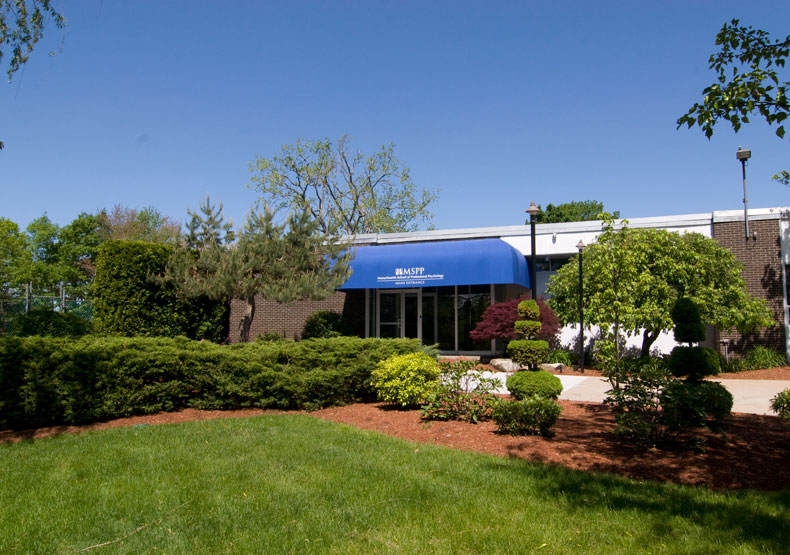
The combination of rising community needs and financial pressures prompted an institutional reset. Programs in school, counseling, behavioral analysis, and organizational leadership psychology brought a wider array of professionals to the field. Longstanding barriers to care required an increase in the diversity of professionals, programs, and approaches to behavioral health. Psychology was not only failing to deliver appropriate service, but the paucity of BIPOC professionals adversely affected its ethics, research, and practice. An increased commitment to attract and support students, staff, and faculty of color would add to the learning community’s expertise, complexity, and value to the community. The continued rise in the prevalence of anxiety, depression, and substance use disorders called for education in primary prevention to enable K-12 educators, first responders, college professors, coaches, and organizational leaders to create safe, inclusive, and supportive environments within their scope of practice. The resulting advantages of increased enrollment, grant support, and a multispecialty staff and faculty who could work collaboratively and share resources offered the opportunity to purchase a building of our own.
As a group of trustees, staff, and consultants undertook a rebranding process in response to institutional growth and differentiation from other professional schools, an advertisement from a London shirtmaker for Mr. William James came to my home mailbox. Nobody named James had ever lived at that address, but James’ emphasis on pragmatism, experiential education, and applied psychology, along with his role as the Father of American Psychology, were very appealing to the rebranding group. Following a search to identify any existing institutions named William James College, several encouraging discussions with the James family, the Commissioner of Higher Education, our accreditors, and relevant stakeholders, the transformation was underway. At its end, as if from a movie, a final card arrived in the mailbox addressed to William James.
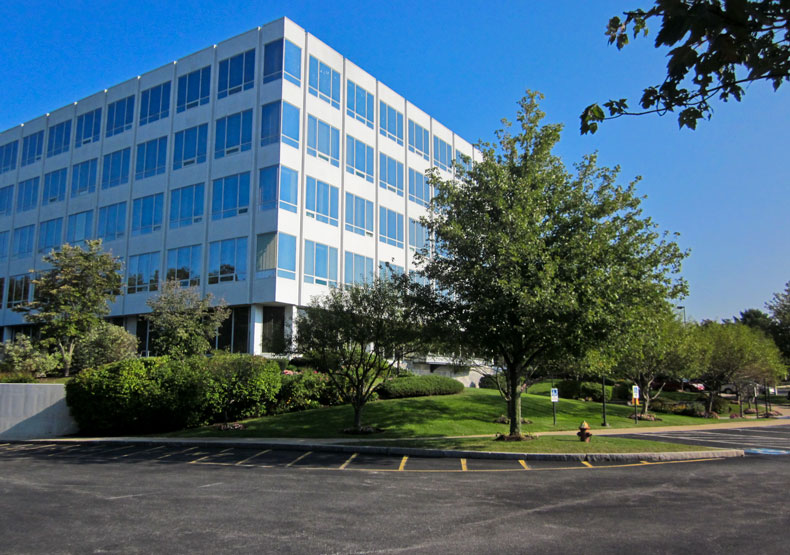
"The greatest use of a life is to spend it for something that will outlast it."
—William James
William James College now has eight degree programs, four graduate certificates, ten concentrations, and eight community services. These programs offer the same exceptional clinical training that has defined our institution, but first responders, K-12 educators, organizational leaders, college professors, are now acquiring skills in primary prevention to address this mental health crisis at a different level.The student body is more than 33% BIPOC with a comparable presence of diverse faculty and staff. The innovative Center for Workforce Development helps community agencies to develop educational programs to retrain their professionals. The same courage and creativity of students and staff that began MSPP supported and, even, expanded the College during COVID. As communities across the country face an unprecedented crisis of mental health, especially among our youth, WJC’s unique model partners with more than 400 community agencies to provide education and service to meet the need.
A brief note cannot capture the passion and commitment that have inspired the work of this institution for fifty years. We are grateful to five decades of faculty, staff, students, community partners, federal and state policymakers, accreditors, and our donors for creating this vibrant and effective institution. William James College is making the difference in mental health that the country needs and that you would like to see happen.
Happy 50th Anniversary.
Nicholas Covino, President
